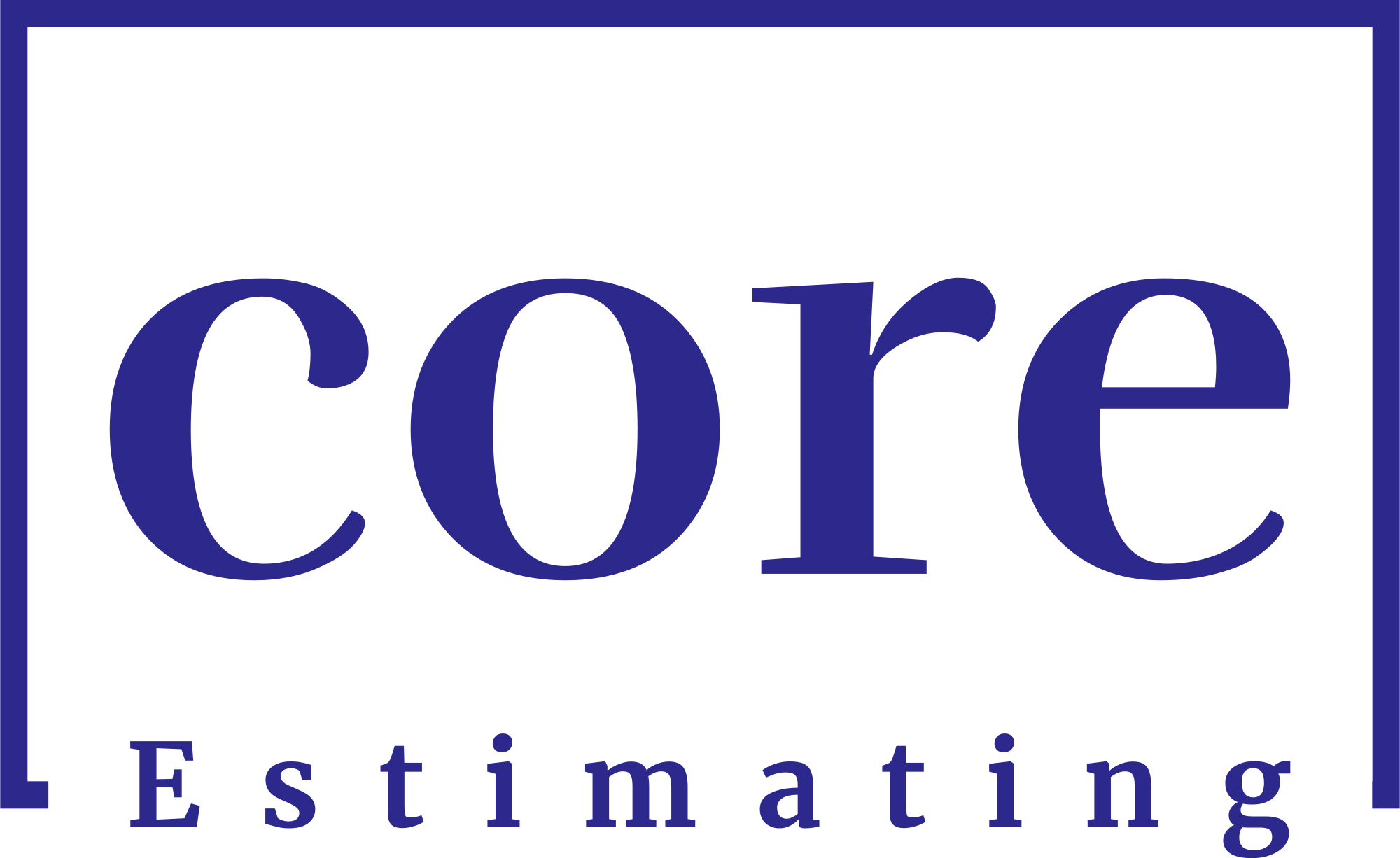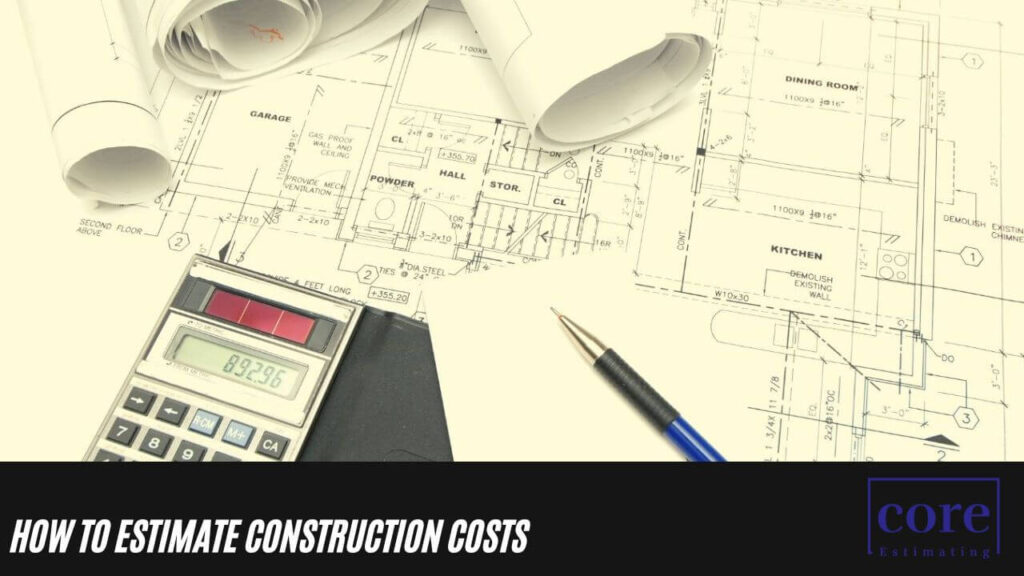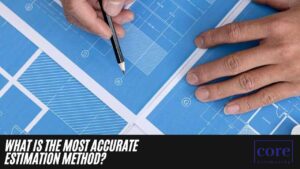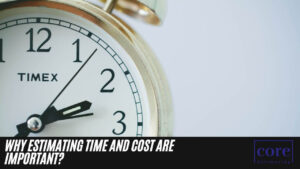Construction estimating is a crucial process in any building project. It involves calculating all the costs, both direct (like materials and worker wages) and indirect (such as equipment depreciation and office worker salaries), to ensure the project can be completed profitably. Professional estimators play a key role in this, ensuring owners and contractors have a clear understanding of what’s involved financially.
What is Construction Cost Estimating?
Figuring out how much it’ll cost to build something is what construction cost estimating is all about. It’s like putting together a big financial puzzle to make sure you end up making money in the end. But rushing through it can lead to costly mistakes down the line, even after the building is up.
If you’re in need of construction estimate services, simply go to homepage or follow the links below:
| Services | Links |
|---|---|
| Detailing Services | Link |
| Building Information Modeling | Link |
| General Contractor | Link |
| Subcontractors | Link |
| MEP | Link |
Why Accurate Estimating Matters:
Accurate estimates are vital for the success of a construction project. Owners need them to determine if the project fits their budget, while contractors rely on them to prepare competitive and profitable bids. Underestimating could eat into profits, while overestimating might mean losing out on a bid. So, getting it right is essential.
Getting these estimates right is super important. Owners need them to decide if a project fits their budget. Contractors use them to make competitive bids and still make a profit.
Different Types of Cost Estimates:
- Preliminary Estimate: This is like a rough guess at the start, based on limited info.
- Plinth Area Estimate: It covers the basic dimensions of the building, including things like the foundation, roof, and materials.
- Cube Rate Estimate: This one’s for tall buildings, calculating costs based on the total volume.
- Elemental Estimate: With detailed drawings and specs, this estimate breaks down costs for different parts of the building.
- Detailed Estimate: This is the nitty-gritty. It lists out every single cost, from materials to labor, in detail.
How to Calculate Construction Costs?
Once you’ve got the basic idea, it’s time to dive into the numbers. You’ll need to gather info on:
- Direct Costs: This includes stuff like materials, labor, and equipment.
- Indirect Costs: Think utilities, legal fees, permits, and other hidden expenses.
- Labor Costs: How much you’ll pay your team, including wages and taxes.
- Subcontractor Costs: If you’re outsourcing some work, you’ll need to include those costs too.
Common Problems with Cost Estimates:
- Not Double-Checking: Rushing through your work can lead to big mistakes. Take your time and review everything carefully.
- Keeping Up with Prices: Prices can change fast, especially after things like the pandemic. Make sure you’re aware of any spikes in material costs.
- Underestimating Labor Costs: Don’t forget about the people doing the work. Experienced workers might cost more, so factor that in.
8 Steps in Construction Estimating
So, how do pros do it? Let’s break it down into 8 steps:
- Review Bid Package: This is like studying the project’s rulebook. It’s packed with important documents like agreements, specs, and drawings. Estimators need to go through every detail to understand what the project involves.
- Conduct a Site Visit: Think of this as a field trip to the construction site. It helps estimators see firsthand any challenges or special conditions that might affect the project’s cost.
- Perform a Material Takeoff: This is like counting all the ingredients you need for a recipe. Estimators go through the plans and tally up every material needed, whether it’s doors, drywall, or concrete.
- Solicit Pricing from Suppliers and Vendors: Once they know what’s needed, contractors reach out to suppliers to get prices for materials and equipment. They also need to consider things like waste, bulk pricing, and how long quotes are valid.
- Calculate Labor Costs: Estimators need to figure out how many workers will be needed and how long the job will take. Then they factor in wages, benefits, and other labor-related expenses.
- Account for Equipment Costs: This includes everything from big machines to small tools. Estimators need to decide if they’ll buy, rent, or lease equipment and calculate those costs accordingly.
- Add Indirect Costs: These are expenses that aren’t directly tied to materials or labor, like insurance, permits, and office overhead. They may seem small, but they add up fast.
- Factor in Contingency and Profit: Just like saving extra for unexpected expenses, contractors add a bit more to cover any surprises. And of course, they need to include a markup for profit so they can stay in business.
Why Use Construction Cost Estimating Software?
Estimating costs manually takes a ton of time and leaves room for errors. That’s where construction cost estimating software comes in handy. Tools like Quick Bid by ConstructConnect help you organize costs, labor rates, and materials in a snap. Plus, they save you time and hassle, giving you more chances to win profitable projects.
Using software makes your estimates more accurate and easier to share. And with a user-friendly interface, you can focus on getting more bids and winning more jobs.






